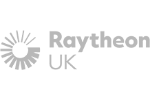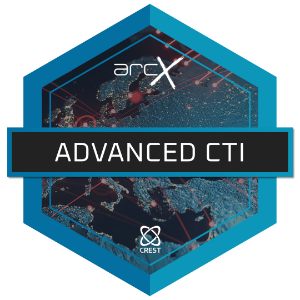CRTIA Overview
The CREST Registered Threat Intelligence Analyst (CRTIA) examination is a comprehensive test that evaluates candidates' knowledge and expertise in collecting and analyzing information to support threat intelligence objectives. It assesses the candidate's understanding of key phases of intelligence generation, cyber-specific information sources, and common approaches to collection and analysis.
To pass the CRTIA exam, candidates must demonstrate a high level of competence in the collection, analysis, and dissemination of intelligence in accordance with legal and ethical guidelines. This certification is highly respected within the cybersecurity community and is a testament to a candidate's proficiency in the field of threat intelligence analysis.
As a candidate, it's expected that you possess a wide-ranging understanding of all areas of threat intelligence, as well as proven experience in conducting collection and analysis activities. The CRTIA exam evaluates candidates' ability to apply a comprehensive understanding of the principles and practices of threat intelligence analysis to real-world situations. Successful candidates must demonstrate a mastery of skills such as identifying information gaps, validating information, and drawing valid inferences from analysed data.
By earning the CRTIA certification, candidates can demonstrate their expertise and commitment to the highest standards of professional practice. This credential is highly regarded by employers and peers within the cybersecurity industry, making it an essential step for any aspiring threat intelligence analyst.
CRTIA Syllabus
The CREST examination syllabus for the CREST Registered Threat Intelligence Analyst is broken down into 8 key areas, running from appendix A through to H. Each appendix defines a number of topics that should be covered.
CRTIA Examination
If you're planning to take the CREST Registered Threat Intelligence Analyst (CRTIA) exam, it's important to understand its format and requirements. The exam consists of two parts, including a multiple-choice written question section with 120 questions and two long-form written response questions.
Test-takers have a total of three hours to complete the exam, and they are given an additional 30 minutes for sign-in procedures.
To be admitted to the exam, test-takers must present two valid and unexpired forms of identification. The primary identification must be government-issued with the candidate's name, photo, and signature, while the secondary identification must have either the candidate's name and signature or name and recent photo. It's important to note that no personal items are allowed in the testing room, including phones and bags.
If you need to reschedule or cancel the exam, you must do so 24 hours before the scheduled appointment to avoid forfeiting the exam fee. Speaking of fees, the CRTIA exam costs £395, and it's a worthwhile investment for anyone aspiring to become a certified threat intelligence analyst.
CRTIA Training Provider
Advanced Cyber Threat Intelligence is a CREST aligned training course covering nearly every element of the CREST Registered Threat Intelligence Analyst (CRTIA) examination.
Advanced Cyber Threat Intelligence
Designed to provide you with advanced knowledge and practical skills necessary to become a dominant force as a cyber threat intelligence analyst. Throughout this course, you will advance your understanding of cyber threat intelligence best practises and learn to apply techniques like OODA Loop and F3EAD Cycle to real-world scenarios.
- 40+ hours of training content
- 87 units covering an extraordinary amount of content
- CREST Aligned CRTIA course
- Includes 27+ hours of video training
- arcX final exam with free re-test included
- 100% online and on-demand self-study course
- 24 engaging exercises
- 900+ practice questions






